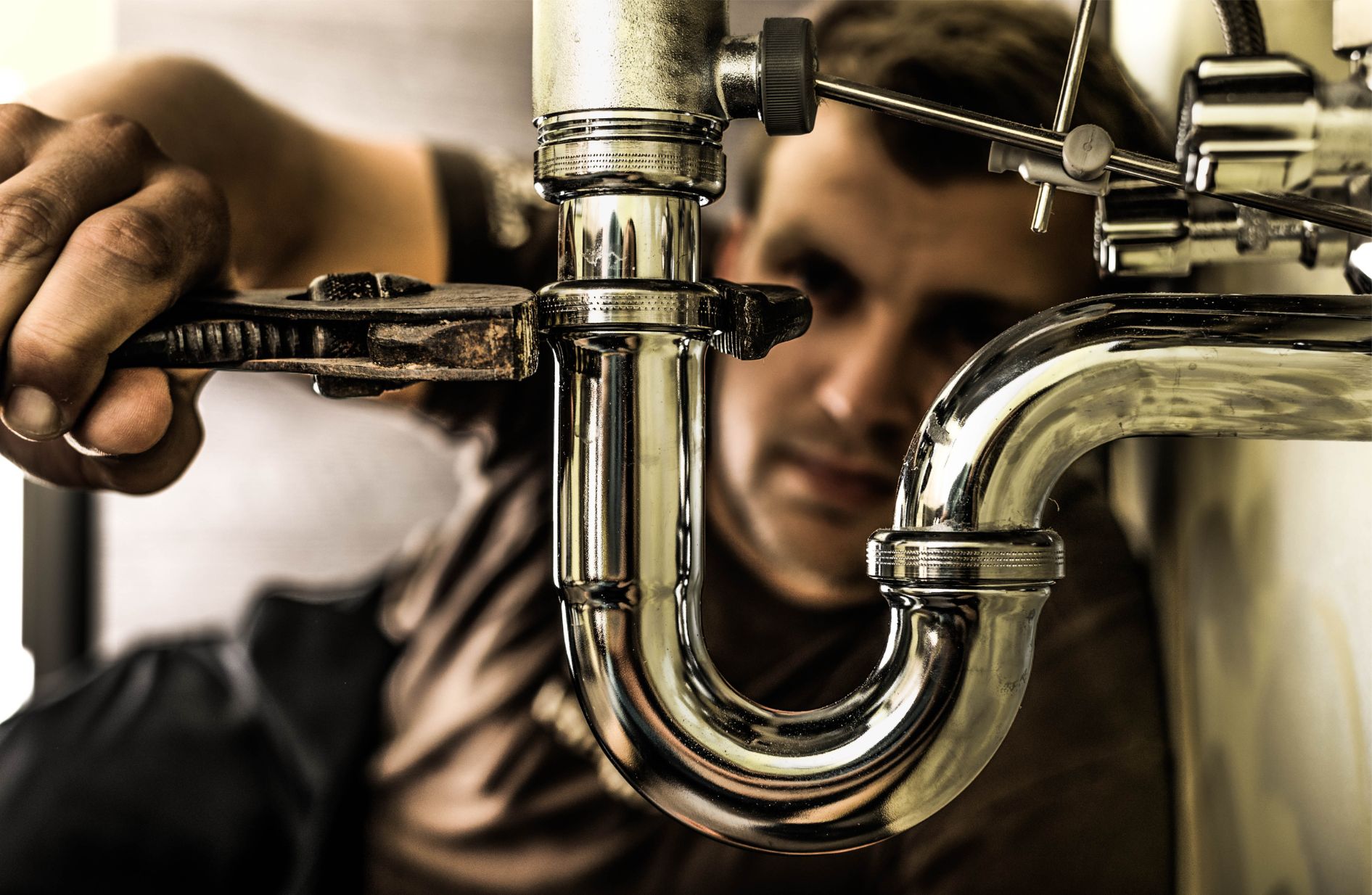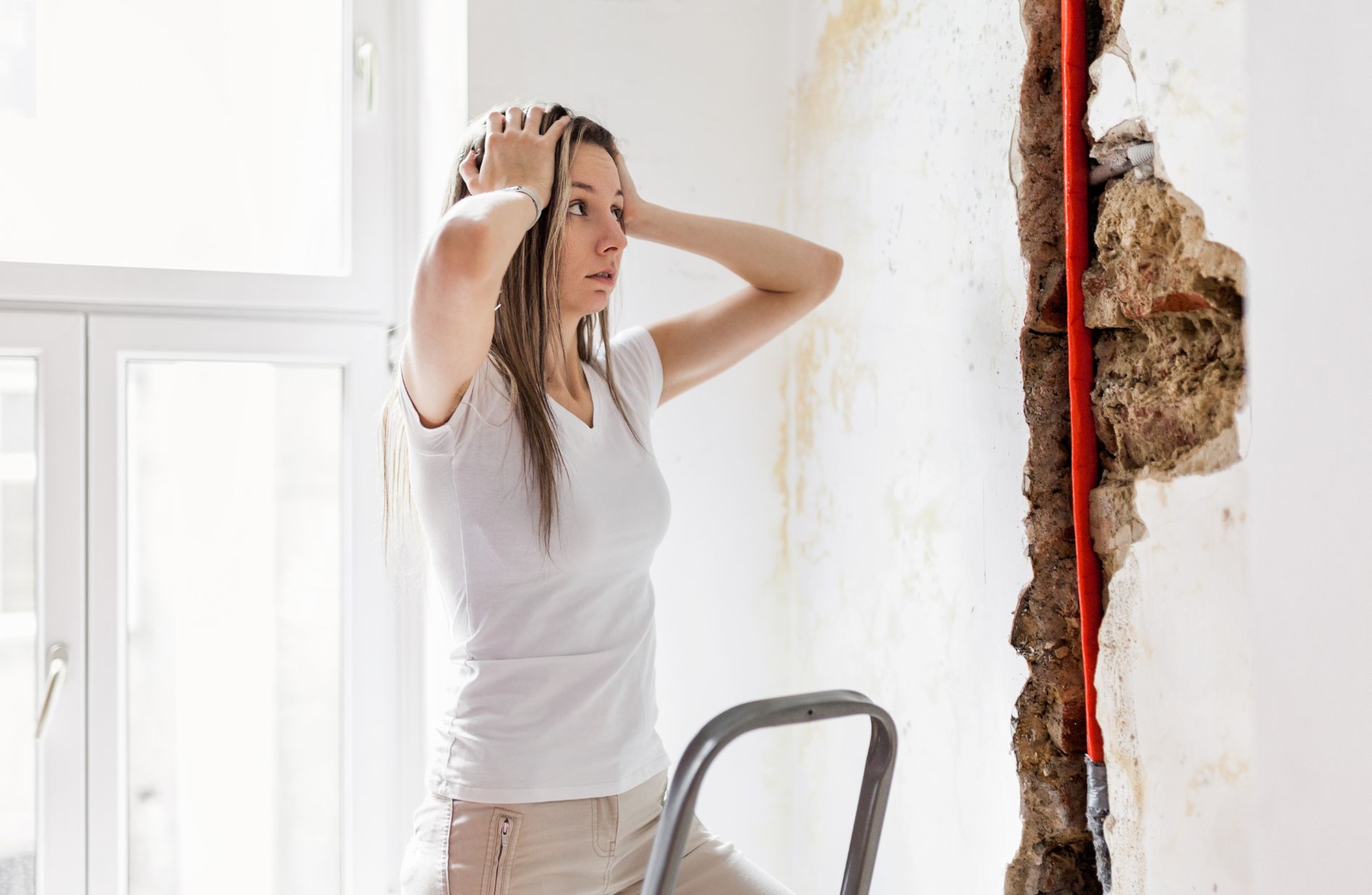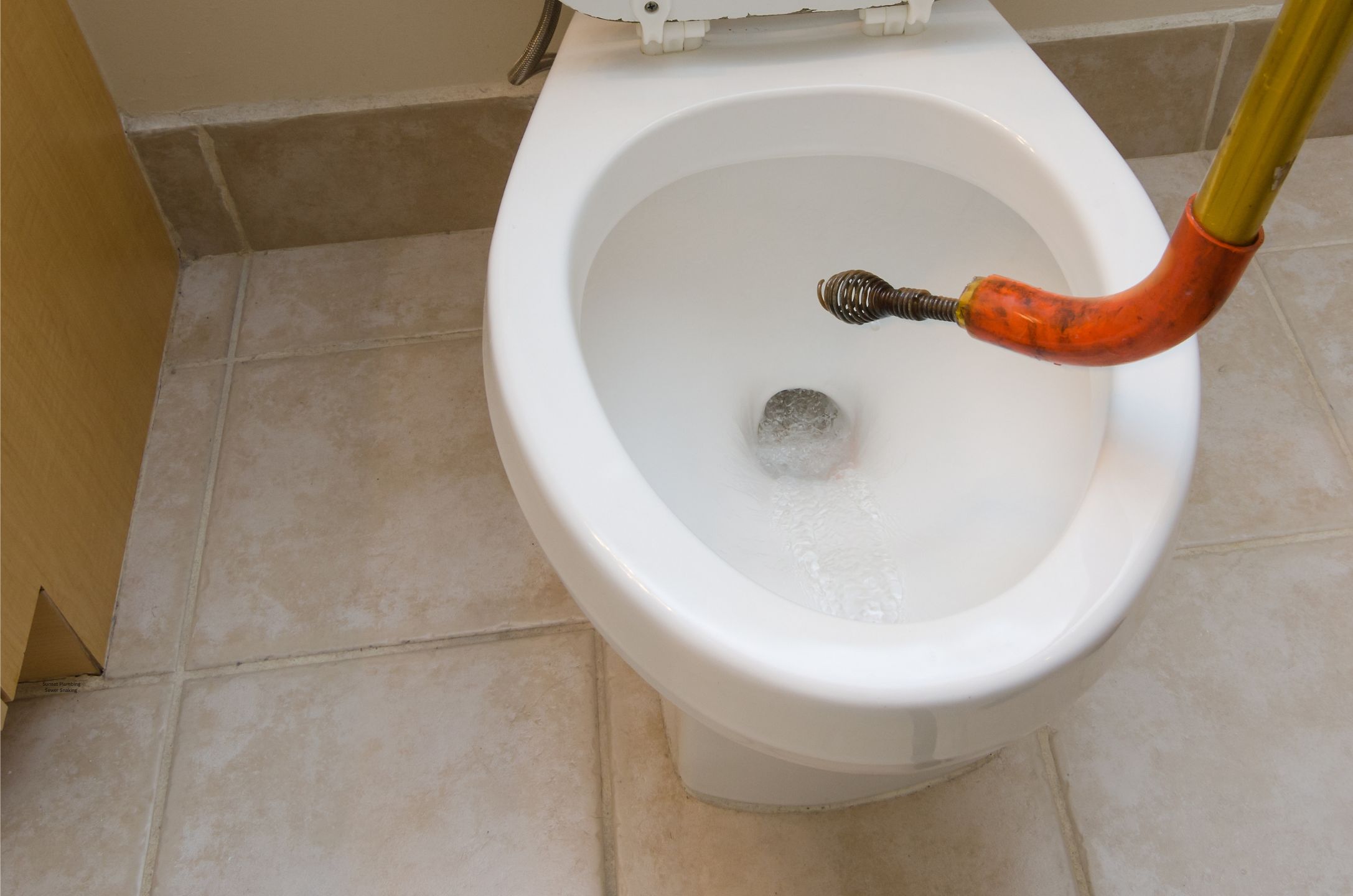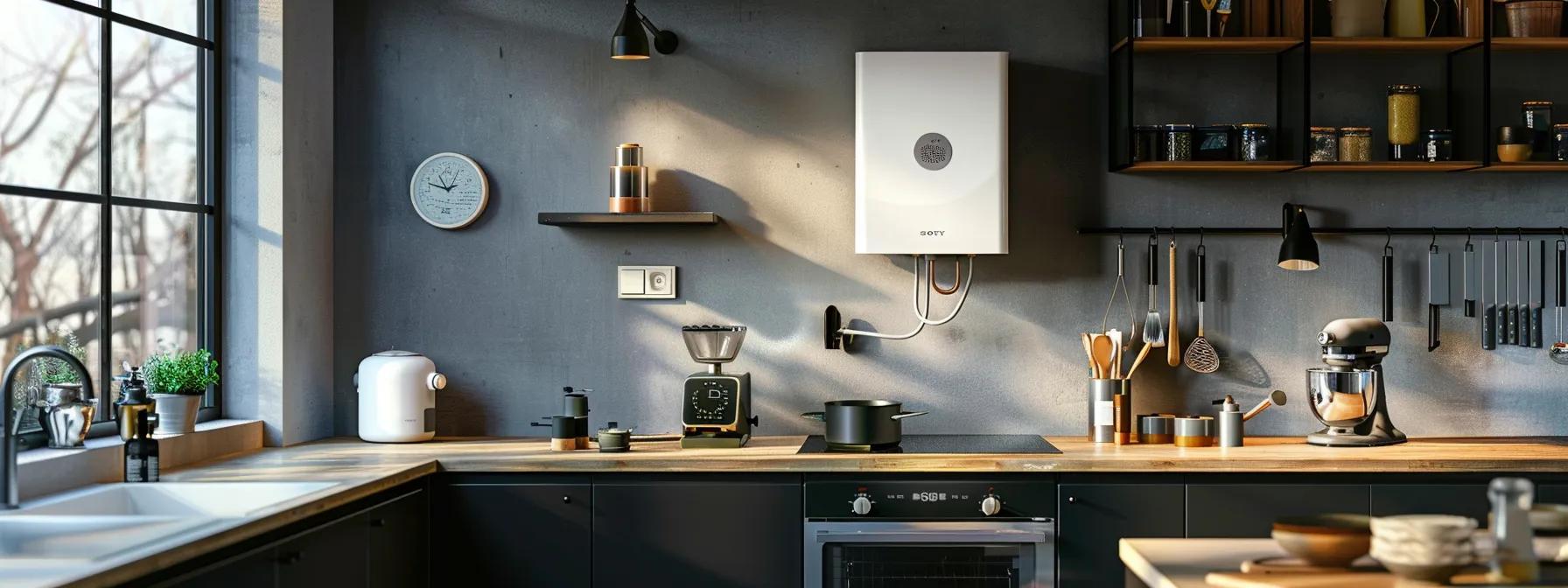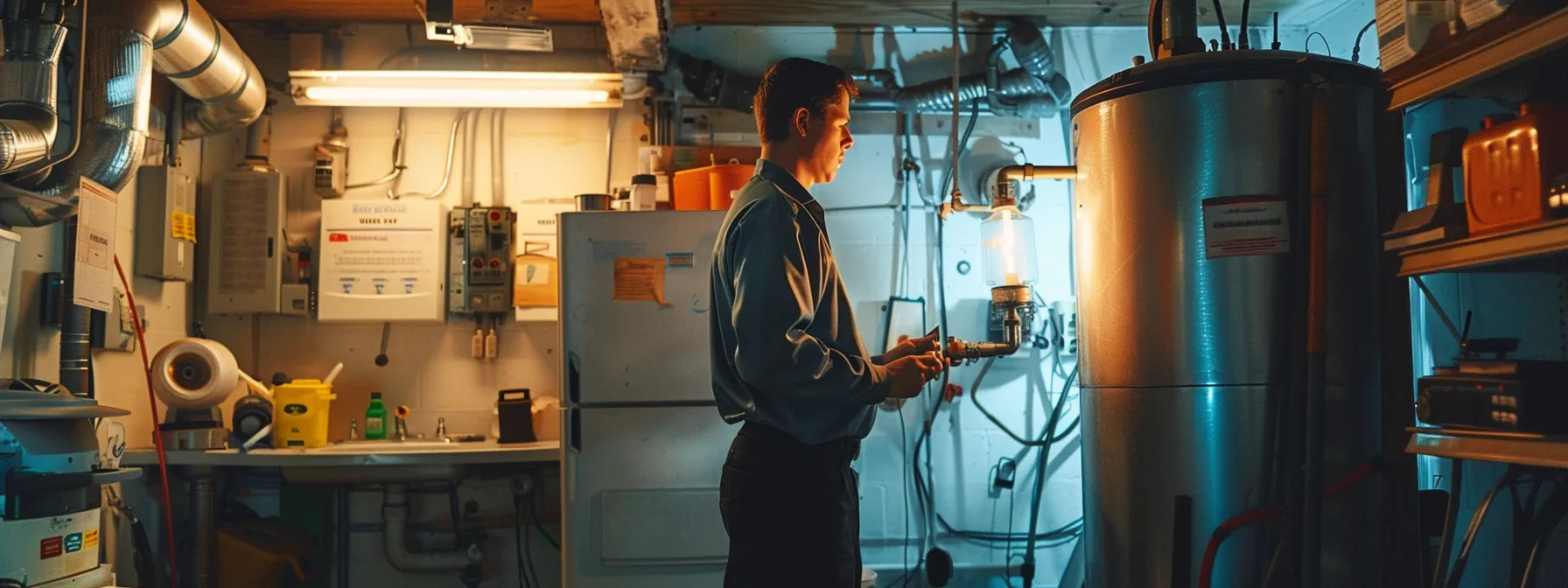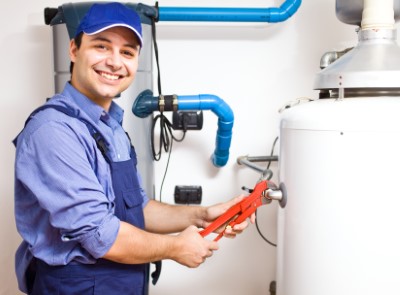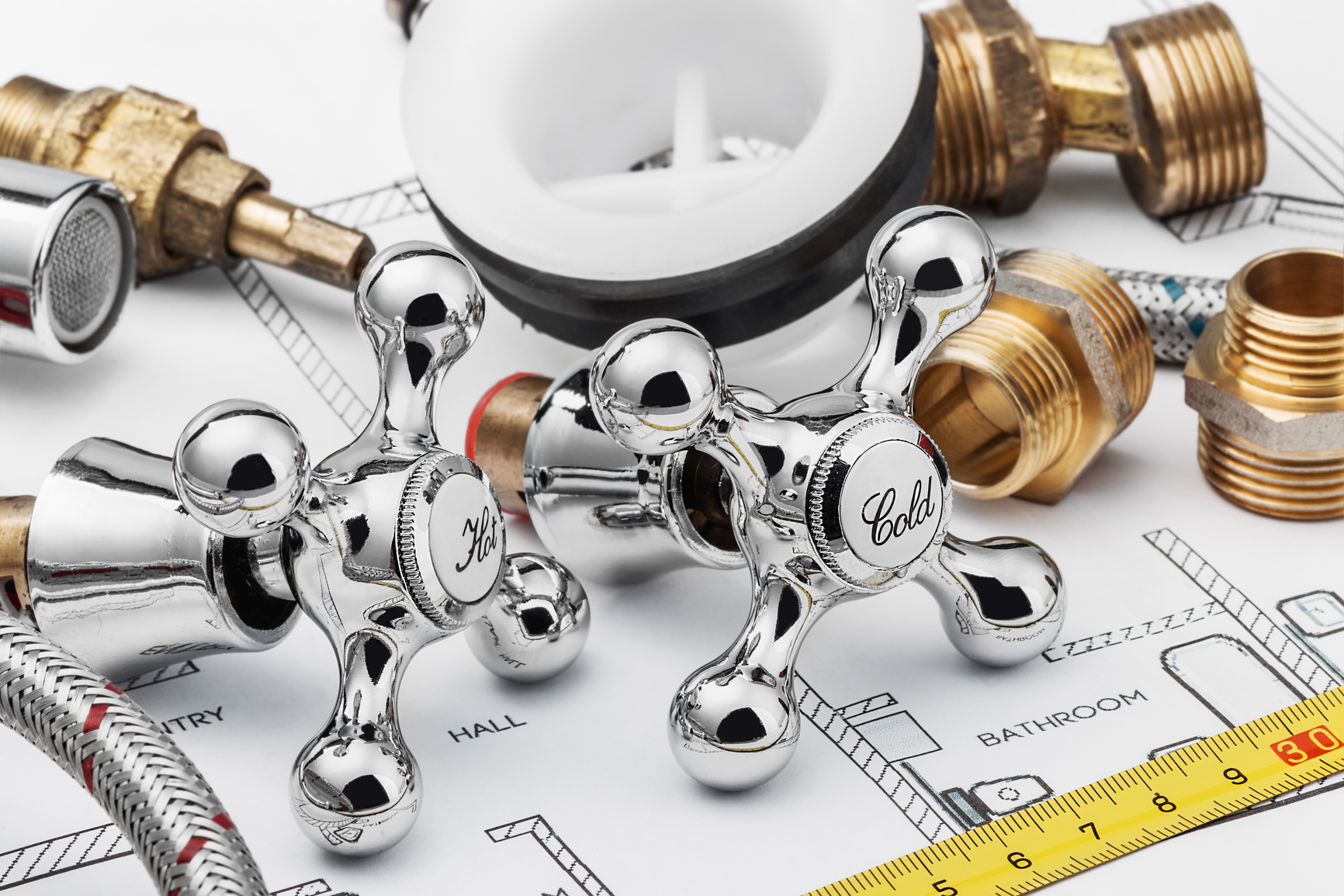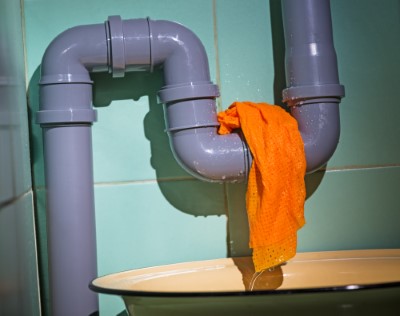Dealing with low water pressure in your home can be more than a minor inconvenience. It can impact daily activities, from taking a shower to running your appliances. The average home water pressure is usually between 40 to 45 PSI (pounds per square inch). When this pressure drops, it’s noticeable and often problematic. In this detailed guide, we’ll explore the top causes of low water pressure and offer insights on how to address them, especially for residents in Central Oregon, including Bend, Redmond, LaPine, Prineville, and Madras.
Identifying the Issue: Single Fixture vs. Whole House
Low water pressure can either be localized to a single fixture or affect your entire household. When it’s just one fixture, the solution might be as simple as cleaning a clogged aerator or replacing a part. However, if the entire house is affected, the cause could be more complex, requiring a broader approach to diagnosis and repair.
1. Partially Closed Water Meter Valve
A common reason for whole-house low water pressure is a partially closed water meter valve. This valve controls the flow of water into your home and is usually located on an outside wall, in an underground box, or within an interior utility area like a basement or garage. After any plumbing work, this valve should be checked to ensure it’s fully open. The valve is considered open when its handle is parallel to the water pipe.
2. Malfunctioning Pressure Regulator
Some homes are equipped with a pressure regulator, a device that ensures the water pressure within a home is at a safe level. A failing pressure regulator can result in a significant increase or decrease in water pressure. Replacing a pressure regulator is a task that might require specific tools and expertise. While some homeowners might be comfortable tackling this project, many will find that calling a professional plumber is the safer choice.
3. Clogged Pipes
Clogged pipes are a more complex issue than they might initially appear. Over time, a variety of factors contribute to these blockages, each impacting water flow and pressure differently. For example, in areas with hard water, mineral buildup is a common culprit. Minerals like calcium and magnesium, prevalent in hard water, can gradually deposit inside pipes, forming a hard, scale-like layer. This layer restricts water flow, reducing pressure and potentially leading to complete blockages. Similarly, older pipes, particularly those made of galvanized steel, are susceptible to internal rust and corrosion. As these pipes corrode, pieces of rust can break off and accumulate, creating significant blockages that impede water flow.
Another common cause of clogs is the intrusion of foreign objects or debris into the plumbing system. This can range from accumulated hair and soap scum in bathroom drains to food particles in kitchen sinks. Even more challenging are situations where tree roots infiltrate pipes through small cracks or loose joints, leading to major blockages. Identifying the exact location and nature of these clogs can be a daunting task, especially in homes with extensive or intricate plumbing networks. This challenge underscores the importance of professional intervention. Plumbers employ various advanced tools and techniques, such as motorized drain snakes, hydro-jetting, and video camera inspections, to effectively locate and clear these blockages. These methods not only address the immediate issue of clogs but also help in diagnosing other potential problems within the plumbing system, ensuring its overall health and functionality.
4. Corroded Plumbing
Corroded plumbing is a significant issue, particularly in older homes where the plumbing system has been subject to years of wear and tear. This corrosion is not just a superficial problem; it affects the very integrity and functionality of the pipes. Galvanized steel pipes, commonly used in homes built before the 1960s, are especially prone to corrosion. Over time, the protective zinc coating on these pipes wears away, leaving the steel vulnerable to rust. This rust not only weakens the pipes but also narrows the internal diameter, restricting water flow and reducing pressure. The result is not only lower water pressure but also the potential for leaks and bursts, which can cause extensive damage to the home.
Copper and brass pipes, while more resistant to corrosion than galvanized steel, are not immune to the problem. Under certain conditions, such as overly acidic or alkaline water, even these materials can corrode. This type of corrosion often manifests as pinhole leaks, which, while small, can be a sign of widespread issues within the plumbing system. These leaks not only reduce water pressure but can also lead to significant water damage over time. Corrosion in copper and brass pipes can also result from exposure to certain chemicals, including those found in some water treatment processes.
5. Leaking Pipes
Leaks in a home’s plumbing system can be insidious and often difficult to detect, particularly when they occur in less visible areas such as within walls or beneath floors. These hidden leaks are more than just a nuisance; they can lead to a significant drop in water pressure, making everyday tasks like showering or using appliances less efficient. One of the first signs of a leak may be an unexplained increase in water bills, indicating that water is being lost somewhere in the system. Other telltale signs include damp spots on walls or floors, a musty smell indicating the presence of hidden moisture, or the sound of running water when all water fixtures are turned off. These symptoms suggest that water is escaping from the pipes and potentially causing damage to the structure of the home.
The consequences of undetected leaks extend beyond just reduced water pressure. Over time, ongoing leaks can lead to serious issues like mold growth, which poses health risks, and structural damage to the home. The moisture from leaks can weaken wooden support structures, damage drywall, and ruin flooring. In severe cases, leaks can even lead to electrical hazards if water comes into contact with wiring or electrical installations.
The Importance of Prompt Leak Detection and Repair
Addressing leaks promptly is crucial to prevent these cascading effects. Homeowners are often advised to regularly check areas prone to leaks, such as under sinks, around toilets, and near appliances like water heaters and washing machines. However, for leaks hidden within walls or under floors, professional intervention is typically required. Plumbers use specialized equipment, such as acoustic leak detectors or thermal imaging cameras, to locate the source of a leak without invasive measures. These tools allow for precise identification of the leak’s location, minimizing the need for extensive exploratory damage to walls or flooring.
Once a leak is detected, quick repair is imperative. Depending on the severity and location of the leak, repairs may range from simple fixes, like tightening a loose connection, to more extensive solutions, such as replacing a section of pipe. In some cases, if the leaks are a symptom of an aging or failing plumbing system, more comprehensive measures like re-piping might be necessary. Homeowners should also consider preventative measures, such as installing leak detection systems that can alert them to the presence of moisture or a drop in pressure, allowing for early intervention.
For residents in areas like Central Oregon, where homes range from historic properties to modern constructions, understanding the risks and solutions related to plumbing leaks is essential. Regular plumbing inspections and maintenance can go a long way in preventing leaks or catching them early, saving homeowners from costly repairs and the inconvenience of reduced water pressure. By staying vigilant and seeking professional help when needed, homeowners can protect their property and ensure a reliable and efficient plumbing system.
6. Inadequate Pipe Size
In some cases, the issue might be with the size of the pipes themselves. Pipes that are too small for the volume of water needed can restrict flow and reduce pressure. This is often an issue in older homes that haven’t been updated to accommodate modern water usage demands. Upgrading pipe size can be a significant project but can provide a lasting solution to water pressure issues.
Need Professional Help?
If you’re facing low water pressure in Central Oregon, including Bend, Redmond, LaPine, Prineville, and Madras, Sunset plumbing services in Bend is here to help. We specialize in diagnosing and resolving a wide range of plumbing issues, from simple repairs to complete system overhauls. Our team of experienced plumbers can help restore your home’s water pressure and ensure your plumbing system is efficient


